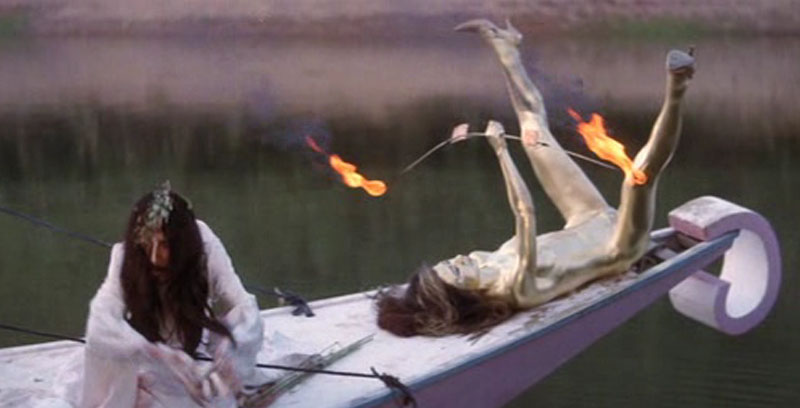Date/Time
Date(s) - Thu. Feb. 13, 2020
7:00 pm GMT - 10:00 pm GMT
Location
The Swedenborg Society
20-21 Bloomsbury Way
London, , WC1A 2TH
Instructor
Jasper Sharp
Admission
£12.00 adv / £15 door (plus taxes & fees) BUY TICKETS or buy a Full Season Pass HERE
In this illustrated lecture, Japanese cinema expert Jasper Sharp leads us into the feverish world of ero guro nansensu, a term abbreviated from the English “erotic grotesque nonsense” that first entered common parlance in Japan in the 1920s, when it was applied by reactionary cultural critics to a group of writers who traded in detective, horror, and mystery fiction with an emphasis on deviant sexuality, the irrational, and the bizarre.
Most influential of these was Edogawa Rampo (1894-1965), whose very name, conjured from the Japanese syllabary in homage of his literary model, Edgar Allan Poe, highlighted the true threat of this new cultural wave: it’s overseas origins. The alienness of ero guro from Japan’s cultural traditions and its popularity with the masses saw it increasingly viewed as a threat by nationalist and conservative voices during the late 1920s and 1930s, and proponents soon fell victim to the repressive state censorship of the wartime years.
However, in the more relaxed climate of the postwar decades, a focus on a decadent and perverse sexuality, and the altered states of the physical body as a metaphor for the national body saw this seductive tension between the outlandish and the homegrown, the horrific and the ludicrous given full vent.
Sharp will explore the page, stage and screen manifestations of a term that has come to embody more an ethos than a genre, looking at, among other things, the impact of the avant-garde theatre and the modern Butoh dance movement on the work of Ishii Teruo (Shogun’s Joys of Torture; Horrors of Malformed Men) in the 1960s, the role of voyeurism and the shock of new and foreign cultural forms in Watcher in the Attic (1976), and articulations of the monstrous and the carnivalesque in the underground animation Midori: The Girl in the Freak Show (1992).

